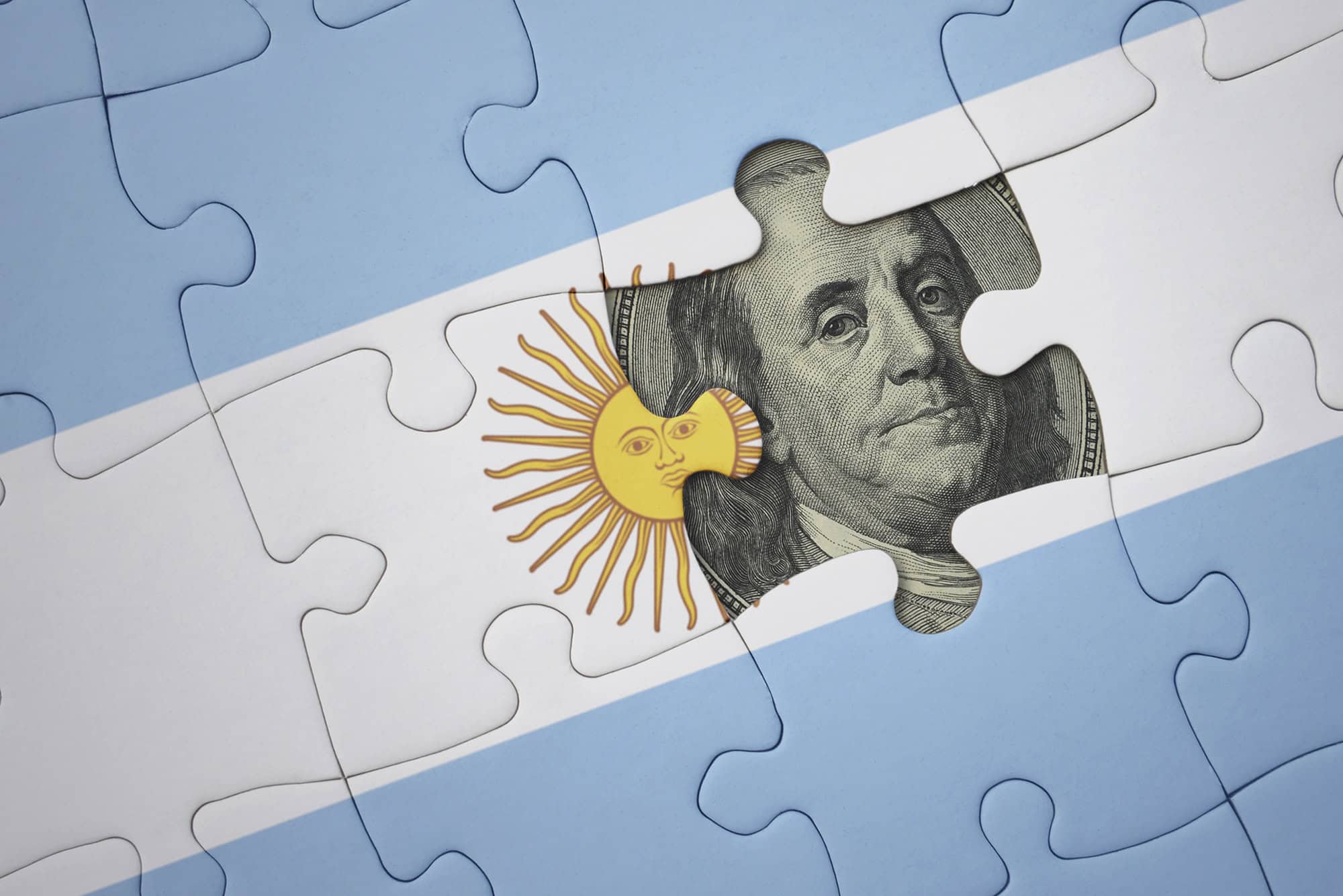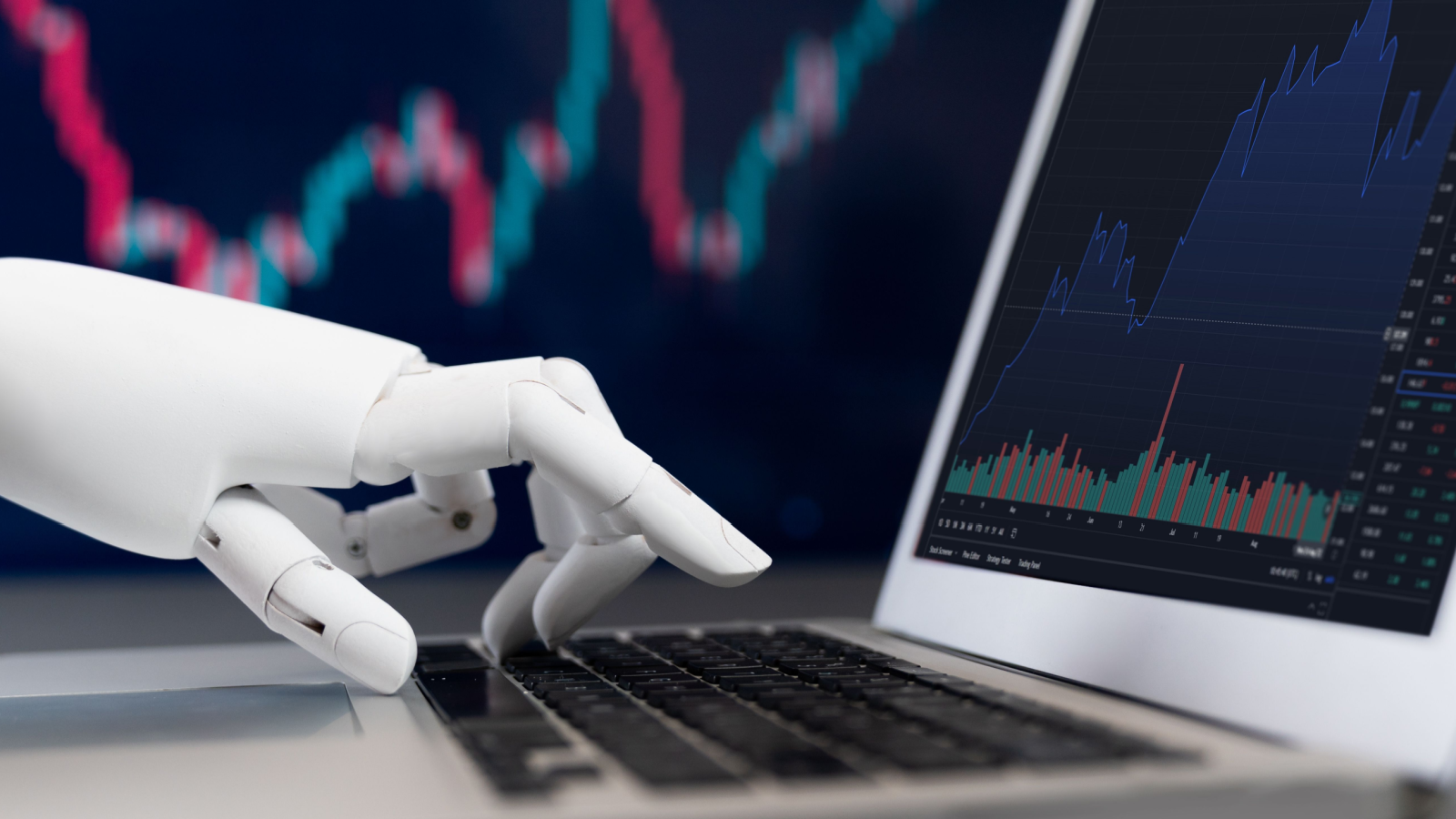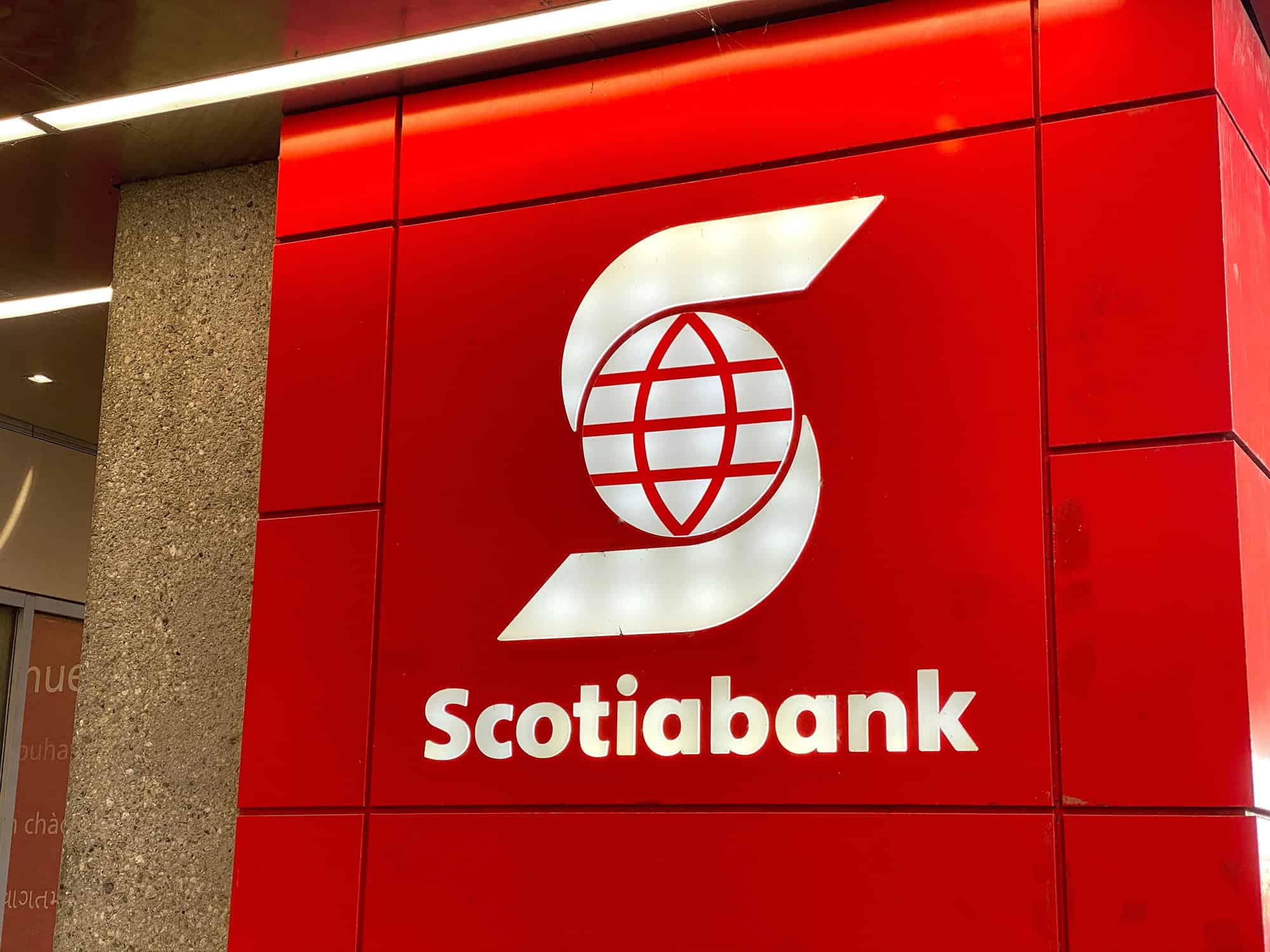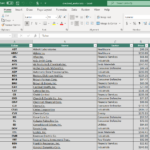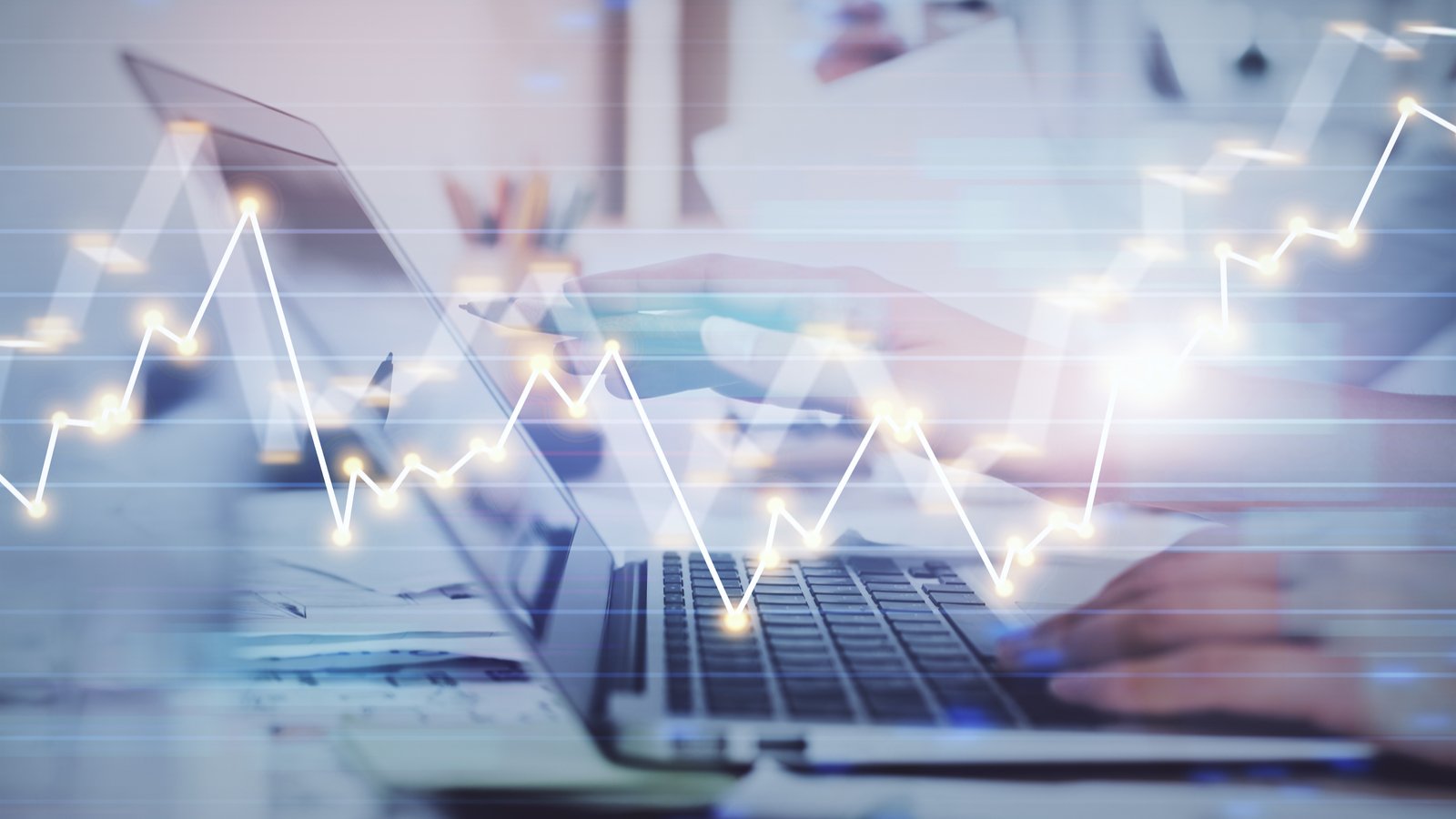Tariffs on, tariffs off: FX markets wait for jobs report – United States

Written by the Market Insights Team
The ‘hard reset’ theory
Kevin Ford –FX & Macro Strategist
Over the past month and a half, discussing markets without touching on politics has been nearly impossible. While we strive for agnostic analysis, it’s worth exploring some of the more speculative market narratives making waves in financial media, especially during times when events unfold rapidly, yet remain unclear and confusing.
We’ve been sifting through the noise trying to uncover signals in a very confusing U.S. trade policy. Drawing from Trump 45’s history, we’ve speculated on the potential dynamics of a regional trade war under Trump 47. Tariffs have been viewed as bargaining tools, revenue generators for Trump’s tax-cut budget, and even tied to the 51st state annexation rhetoric. We’ve also reviewed Trump’s decades-long affinity for tariffs, dating back to the ’80s and how during Trump 45 he linked market performance to his presidency popularity. Yet, one angle—more speculative than analytical—remains unexplored.
The “hard reset” theory suggests that the new U.S. administration could be intentionally engineering a slowdown. By using tariffs, they aim to curb inflation, lower interest rates, and weaken the dollar—all to create a more stable economic landscape for Trump 47’s agenda. While this theory may seem far-fetched, markets are increasingly leaning into the possibility of a slowdown. Stocks have sold off, the dollar has weakened, and expectations for 2025 Fed rate cuts are rising. Skeptics question whether the 3-D chess strategy is too intricate for Trump’s economic cabinet, citing erratic moves on trade policy, while others point to social media hints of an economic reset agenda.
The tariff saga remains as puzzling and elusive as ever, while the Loonie continues to navigate the tides of ambiguous trade policies and the weakening U.S. dollar. Treasury Secretary Scott Bessent, in coordination with the White House, has confirmed that goods compliant with the CUSMA/USMCA trade agreement will be exempt from tariffs until April 2nd. This announcement has triggered notable intraday fluctuations in the Loonie, which traded in a range of 1.437 to 1.424 yesterday. Meanwhile, the DXY index has experienced its steepest weekly decline since November 2022.
Adding to an already volatile week, today’s U.S. and Canadian employment data are set to cap off a week packed with macro data. A weaker U.S. jobs report could amplify bearish sentiment against the USD. However, the recent downward movement appears overextended, and the DXY is likely to stabilize around the 104 level. As markets wrestle with persistent uncertainty, tariffs and evolving trade narratives remain key drivers of sentiment, regardless of how implausible they may appear.

Tariff pendulum continues to swing
George Vessey – Lead FX & Macro Strategist
Tariffs on, tariffs off, is the name of the game. US President Donald Trump has performed another reversal on tariffs, delaying duties on many goods from Canada and Mexico for a month. This is the second month-long delay Trump granted on his own tariffs and the uncertainty continues to take its toll on financial markets. The tech-heavy Nasdaq index, for example, has fallen 10% from its recent peak, defined as a market correction, whilst the US dollar is on track for its worst week in over two years.
The dollar’s status as a safe-haven asset and reserve currency won’t disappear overnight, but the global shift away from it this week has been eye-opening. The acceleration is mainly a result of Trump’s unpredictable policies undermining confidence in the dollar, but also due to US growth scares and dovish Fed repricing, keeping US yields relatively stagnant compared to G10 peers. On the macro front, the US trade deficit widened to a record high in January, driven by a 10% surge in imports ahead of anticipated tariffs. Additionally, job cuts soared to their highest level since 2020, fuelled by significant layoffs at DOGE. However, initial jobless claims came in below expectations, offering some reassurance.
Today, all eyes are on the US jobs report. The data published last month showed a mixed bag for investors. Hiring slowed but wage growth ticked higher and continued the theme of “heightened inflation anxiety” driven by the tariff war and rising inflation expectations. Headline payrolls came in at 143k, below the 175k consensus. However, upward revisions to the past two months added 100k jobs, and the unemployment rate held at 4.0%. As for today, 170,000 new jobs are expected to have been added in February whilst the unemployment rate is seen holding steady at 4%.

European outperformance rests on stimulus
Boris Kovacevic – Global Macro Strategist
European and Chinese equities have outperformed their US counterparts this week, signaling the emergence of a new macro narrative—one that favors assets in countries benefiting from both fiscal and monetary stimulus. Germany’s commitment to major defense and infrastructure spending, alongside yesterday’s ECB rate cut by 25 basis points to 2.5%, underscores this shift.
The German 10-year yield has surged a historic 42 basis points this week, while the euro’s 4% rally against the dollar marks one of its strongest gains on record. However, both assets retreated slightly after the ECB’s somewhat hawkish press conference, where policymakers debated the need for further easing. Markets now assign a 50% probability to another rate cut in April. The ECB remains data-dependent, but divisions persist over the neutral rate, with slowing disinflation and stronger growth potentially limiting further cuts. Equity outperformance rests on both the fiscal and monetary support continuing in Europe. The hawkish ECB statements explains why the STOXX 600 is on track to record its first loss in ten weeks.
The ongoing tariff saga adds another layer of uncertainty. The Trump administration’s latest delay on Canadian and Mexican tariffs leaves markets guessing about potential levies on European goods—an outcome that could push the ECB toward continued easing, while a tariff-free environment and fiscal expansion would make a pause more justifiable. EUR/USD has found its resistance at the $1.0850 mark and is now dependent on a weak US nonfarm payrolls report to reclimb its weekly high again.

Pound firm versus dollar, fragile versus euro
George Vessey – Lead FX & Macro Strategist
The pound remains buoyant versus the US dollar near $1.29, one cent higher than its 5-year average rate. However, due to the huge spending plans unveiled by Germany and the EU and surging European yields, sterling has wilted 2% against the euro this week so far – on track for potentially its biggest weekly loss in two years. GBP/EUR downside momentum might wane at its 50-week moving average, which has been a crucial support for over a year – currently located at €1.1878.
On the macro front this week, the final UK PMI figures confirmed the private sector economy grew modestly in February. The services PMI was revised lightly lower but still beat initial estimates of 50.8 and offsetting the decline in manufacturing. Late last month, we also saw a leading indicator for UK GDP growth hit its highest level since 2017. That said, the British Chambers of Commerce yesterday slashed its forecast for the UK economy due to the tax and trade “double whammy” afflicting UK businesses. But due to the the deteriorating US growth outlook as well, the growth rate differential is narrowing between the US and UK. It’s also led to a sharp increase in the UK-US rate differential as more Fed cuts are priced in. Both factors have contributed to the pound’s latest upswing versus the dollar.
Sterling has climbed into overbought territory versus the dollar, but the implied probability of GBP/USD touching $1.30 before the end of the month has jumped to over 60% from just 14% one week ago, according to FX options market pricing. Moreover, traders have the highest conviction in five years that more gains are in store for the pound over the coming weeks, though gains will be constrained from 1-month onwards due to elevated uncertainty in trade and foreign policy globally.

DXY finds support at 104 after its worst week in 2 years
Table: 7-day currency trends and trading ranges

Key global risk events
Calendar: March 03-07

All times are in ET
Have a question? [email protected]
*The FX rates published are provided by Convera’s Market Insights team for research purposes only. The rates have a unique source and may not align to any live exchange rates quoted on other sites. They are not an indication of actual buy/sell rates, or a financial offer.
